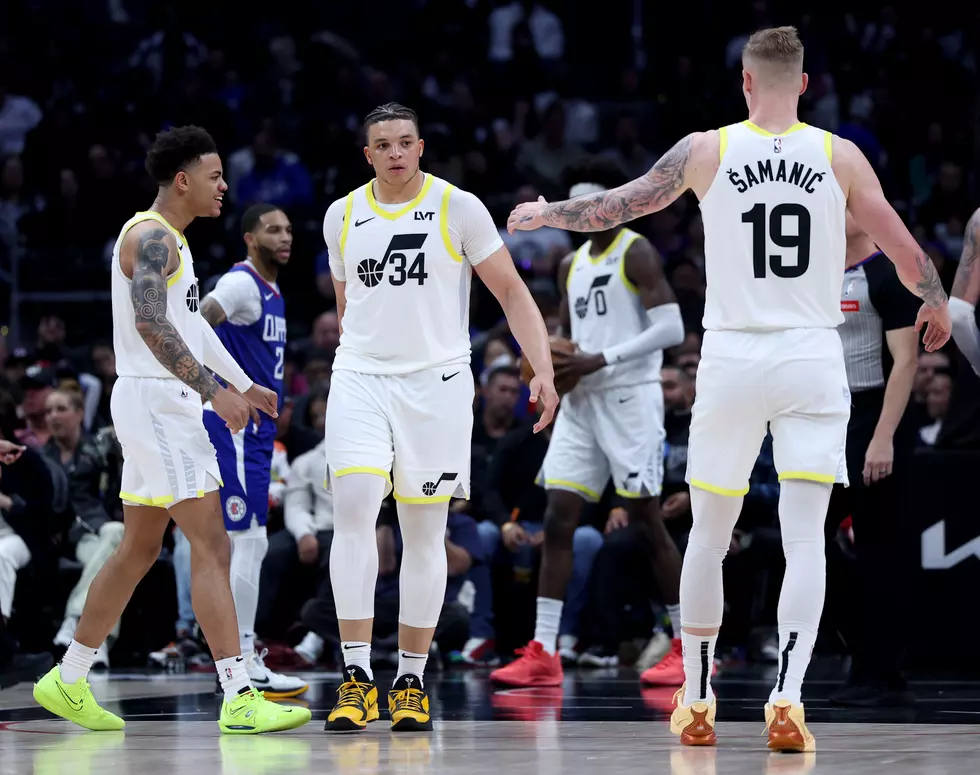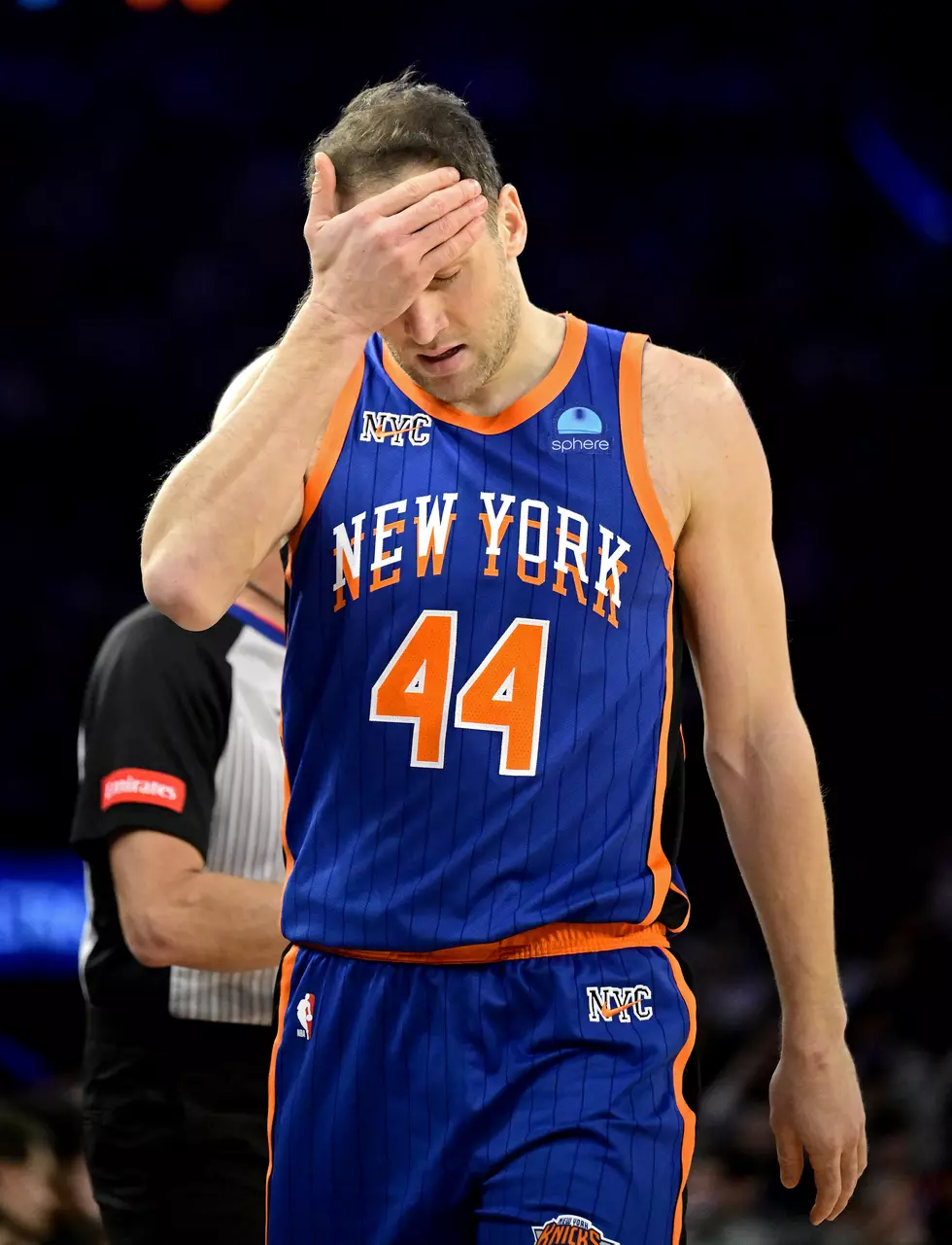
The Utah Jazz Were the Best of The Worst in Three Stats This Year
We know the Jazz were bad.
If the 31-51 record and the 12th place finish in the Western Conference weren’t telling enough, the 5-25 record to close the season should be enough evidence.
Just like the stats above, accurate statistics can be one of the biggest signs of just how much a team struggles or succeeds on the hardwood.
If you break down the final statistics of the 2023-2024 Jazz team, you’ll find three specific things that the Jazz failed at more so than 29 other NBA teams.
This isn’t a single out piece where we analyze Player A’s shooting or Player B’s turnover to assist ratio, but more so a focus on what the team as a whole failed to achieve time and time again.
It won’t shock you to know that both stats find themselves on the defensive side of the ball, as the Jazz offense could be lethal at certain times throughout the year.
The Jazz defense that was 29th worst in points allowed (120.5 a game), unsurprisingly gave up the most three pointers per game to their opponents.
If you took on the Jazz, you were likely to end up around 14.8 three pointers made in a game.
The best mark in the NBA, the Indiana Pacers, only gave up 10.7 threes a game.
The 29th ranked team in opponent three pointers made was the Bulls at 14.6.
Knowing this, you won’t be shocked to know that teams on average had their best shooting nights from downtown against the Jazz.
At a whopping 39.5 percent (30th in the NBA) for opponents from downtown, one could circle the perimeter defense as a must fix scenario this offseason.
Teams weren’t making the most against Utah due to sheer luck or high-volume shooting, but were doing so because the looks were clean and efficient and the Jazz couldn’t contain it.
It wasn’t a coincidence, it was and as of now, is a problem.
This is very much related to the other statistic.
When teams are shooting well or getting clean looks, its most likely a sign that they are moving the ball effectively.
Whether it’s whipping the ball around the perimeter, driving and kicking, or working it inside to out, passing is crucial to open looks.
Thus, one could piece together that the Jazz allowed opponents to distribute the rock at a higher rate than any other defense in the association.
The Hornets (28.7 APG) and the Wizards (29.0 APG) were better at slowing down the oppositions ball movement then Utah, who clocked in with a 29.8 assists per game allowed.
Of course, this was dead last in the NBA and was 0.2 away from hitting that 30 mark.
This is the worst mark of assists allowed by an NBA team since 1996, which is as far back as NBA.com will take me. Who knows, it could be historic.
For comparison’s sake, the best team, the Orlando Magic, only allowed 23.9 assist per game.
Round these up, and that’s a six-assist differential between the best and the worst.
Considering an assist is a byproduct of a made field goal of 2 or 3 points, that a difference of 12 to 18 extra points allowed.
That math would once again illustrate the Jazz struggled heavily on the defensive side.
Stats don’t paint the whole picture, and never fully will, but these small examples should tell you all you need to know about what needs to be upgraded/fixed headed into next year.
More From Sports Radio 97.7









